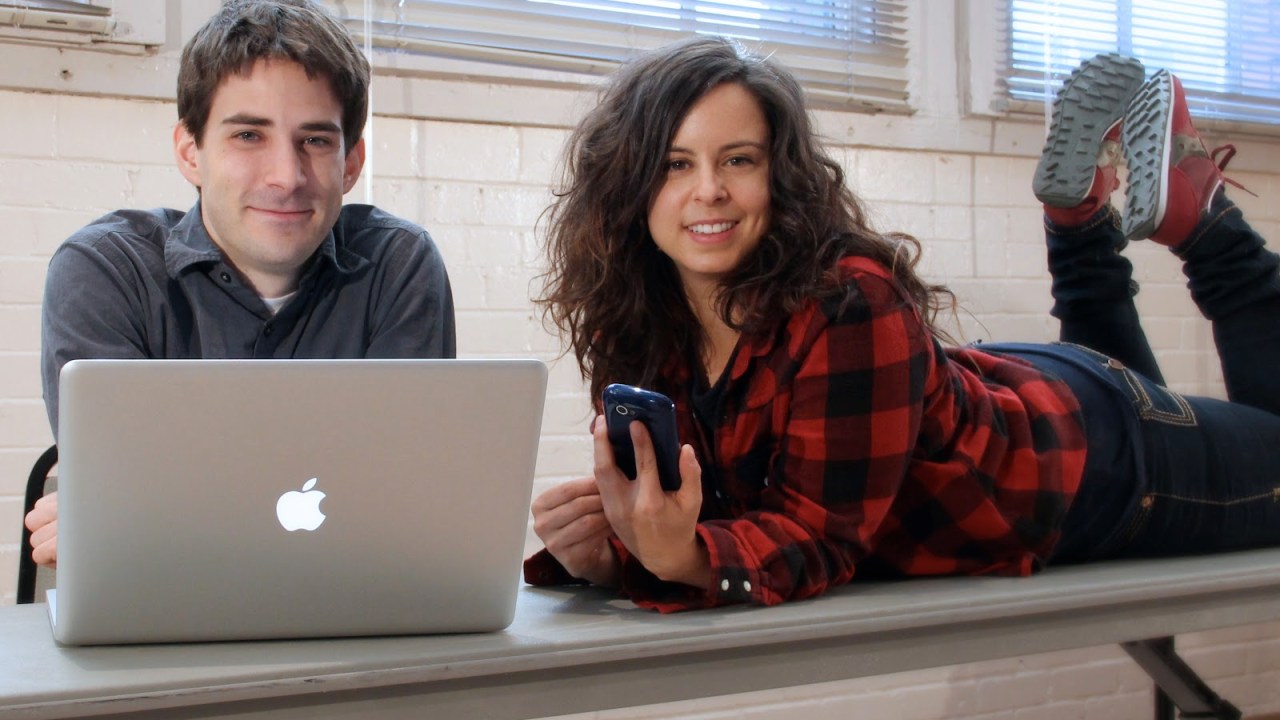
Today’s guest post is by Charlie Miller and Emily Tarquin, co-curators of Off-Center @ The Jones, a new series of non-traditional theatrical programming at the Denver Center Theatre Company developed through the Innovation Lab for the Performing Arts. One important facet of Innovation Lab for Museums is rapid prototyping—trying small experiments quickly and cheaply to see what works. The first three museum participants in the Lab found it challenging to apply this concept to their projects, so I asked Charlie and Emily to share a few tips on how rapid prototyping works in their organization.
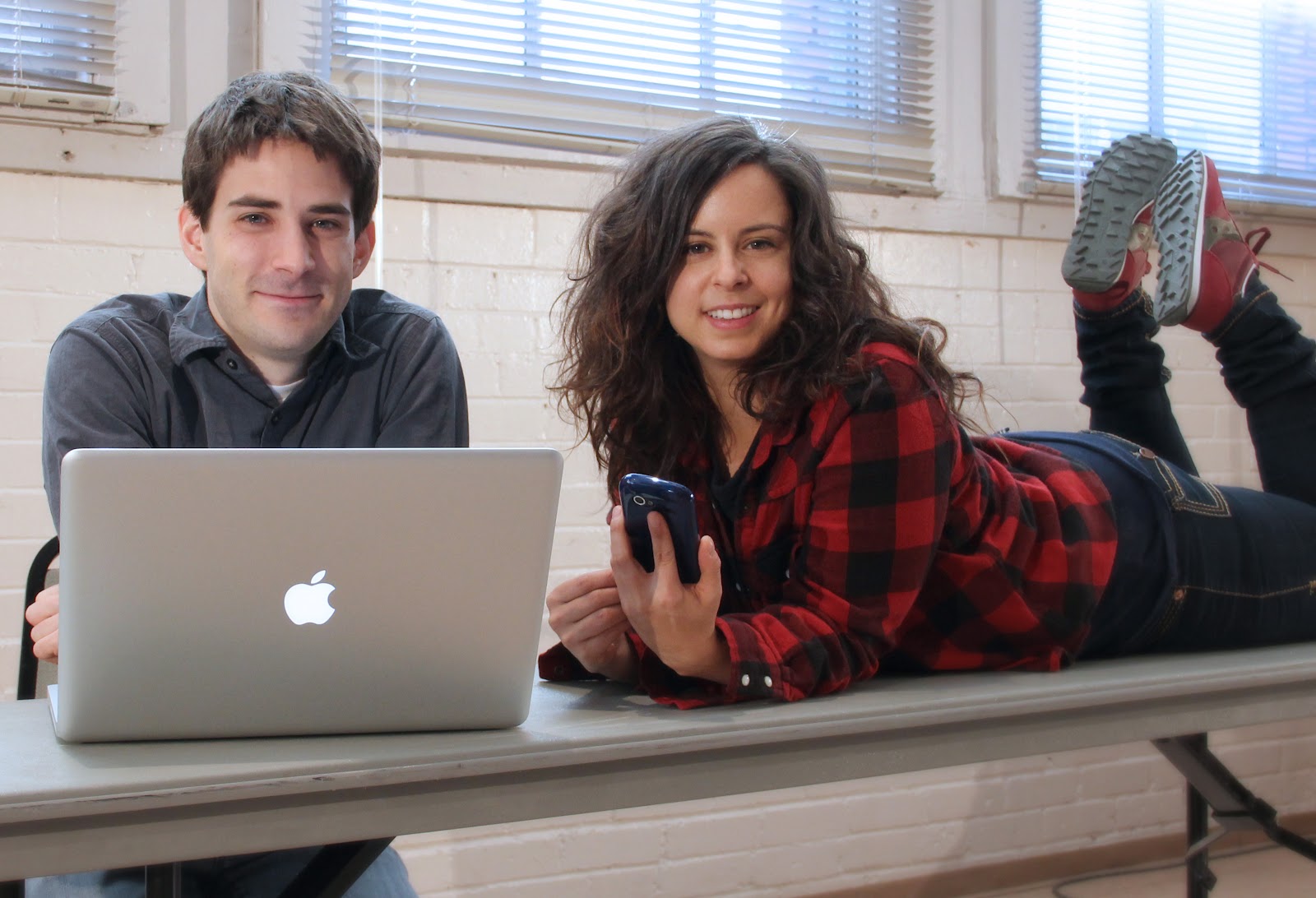 |
| Charlie Miller and Emily Tarquin |
At Off-Center, we’re in the business of research and development. We’re also in the business of creating theatre that feels like a night out—fewer formalities, less sitting still, more beer, more fun. But for every show or event we create, no matter how hilarious or bizarre it may seem, we are also testing out new ideas and learning from our experiments. Every show is a prototype, and every audience is a focus group. This is how we will discover the tools, strategies, and new forms necessary to survive and thrive in the 21st Century.
We learned a lot about prototyping when we developed Off-Center through the Innovation Lab for the Performing Arts. EmcArts recommends testing new ideas on a small scale, where the risk is low and the opportunity for learning high. Innovation is a gradual and cumulative process—as much as we want that sudden moment of inspiration that solves everything, it rarely works that way. Instead, ake small steps toward your goal with quick prototypes that provide immediate feedback.
We struggled with this idea of rapid prototyping at first because, in the theatre, we are used to long and established processes for the work we create. We are also part of a very large organization with unavoidable layers of bureaucracy that slow things down. We knew that it was important to become more flexible and nimble, and quick prototypes would force us to practice this. As we tested new ideas, we would also be testing and practicing our new curatorial process.
In the two years since we began developing Off-Center, we have refined our model for rapid prototyping. As you’ll see, this is not specific to theatre and can easily apply to any kind of product or idea development. Here it is, in five simple steps:
- What are we testing? Identify the two or three things you want to test in a prototype. Don’t test too many things; it will only muddy the experiment and make it harder to implement quickly. Once you know what you’re testing, those elements combine to form the foundation of an idea and the content of your prototype should begin to reveal itself.
- How have others approached this? It is always helpful to learn from other examples. Look in your community and nationally at how other organizations have responded to the challenges you are facing or the things you are testing. It is often most helpful to look outside of your field—at Off-Center we’ve been inspired by food truck events, Denver’s Museum of Contemporary Art and a zombie crawl. This research is not just one step; it is an ongoing process. You never know what you might encounter that will make you think about your work in a different way.
- Plan it. Enroll others from inside and outside of your organization to help develop and implement the prototype. Always stay focused on the 2-3 things you are testing—keep it simple and make sure whatever you design will yield the desired learning. It’s okay if your prototype is small; in fact, that is probably a good thing as you’re starting out. Decide how you are going to evaluate your work and make sure that is part of the prototype from the beginning. Waiting until the end of the process will leave you without the tools and time needed to evaluate effectively.
- Do it. Even if you don’t know how exactly to get to your end result, start by taking small steps toward implementation and you will figure it out as you go. Remember that you are not only testing the specific things you identified in step 1, you’re also building innovative capacity in your organization by experimenting with new ways of doing things.
- Evaluate it. Shortly after your prototype is over (it’s important that you do this while it is still fresh in your mind), revisit your goals and summarize your learning. This should be easy if you have already thought through evaluation in step 3. Traditional metrics and evaluation techniques won’t always apply when evaluating innovative prototypes. Often you have to come up with new ways to measure the ideas you are testing.
That is our prototyping process; hopefully it can help guide your organization as you explore new ideas and innovate. If you have any questions or want to share your thoughts, post below or email us. Good luck!
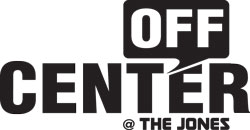 Off-Center is a test kitchen for the Denver Center to prototype new ideas and a new entry point to the organization for artists and audiences. All of Off-Center’s work is guided by a Recipe of five essential ingredients: Immersive, Convergent, Connective, Inventive, Now. To learn more about Off-Center’s development through the Innovation Lab, check out their innovation story on ArtsFwd.
Off-Center is a test kitchen for the Denver Center to prototype new ideas and a new entry point to the organization for artists and audiences. All of Off-Center’s work is guided by a Recipe of five essential ingredients: Immersive, Convergent, Connective, Inventive, Now. To learn more about Off-Center’s development through the Innovation Lab, check out their innovation story on ArtsFwd.



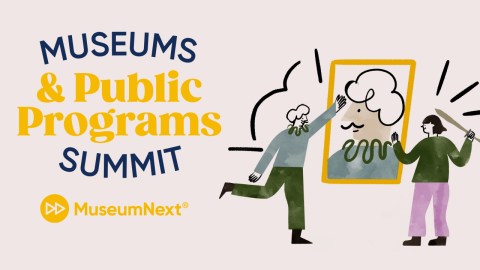
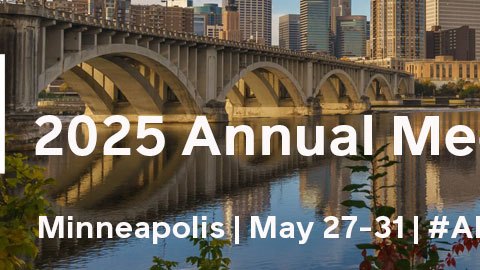

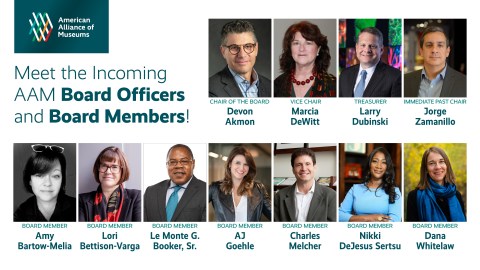


Cool and new thing here I found.